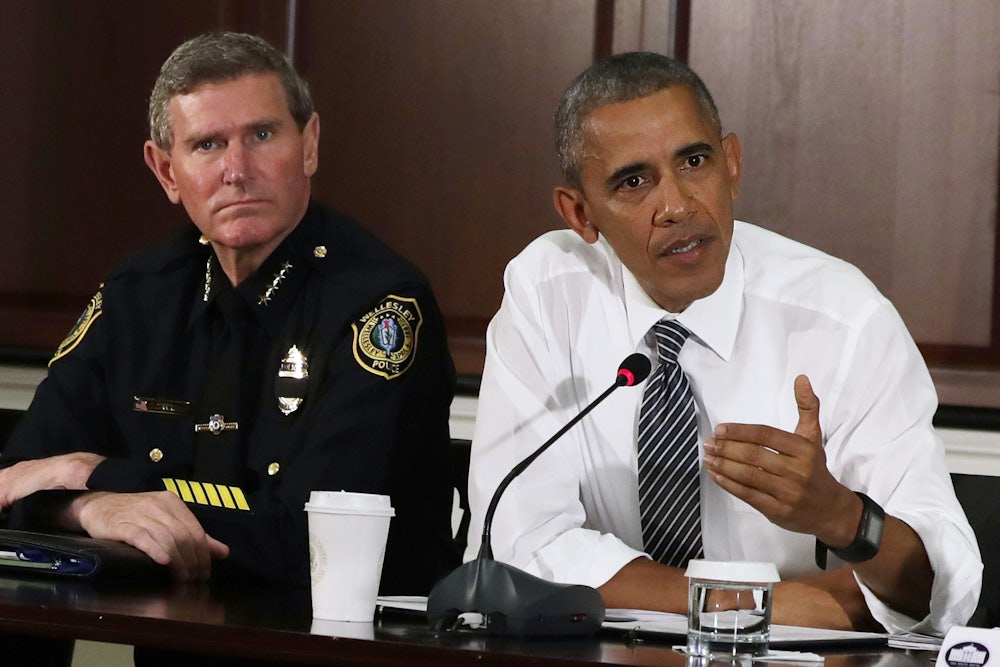In a speech on Monday to 16,000 police chiefs and law enforcement officials gathered in San Diego, Terrence Cunningham—president of the International Association of Chiefs of Police (IACP), America’s largest police organization—acknowledged the darker side of American policing. “There have been times when law enforcement officers, because of the laws enacted by federal, state, and local governments, have been the face of oppression for far too many of our fellow citizens,” he said.
Cunningham called for efforts to resolve a “multigenerational” and deeply rooted mistrust between communities of color and the police. “For our part, the first step in this process is for law enforcement and the IACP to acknowledge and apologize for the actions of the past and the role that our profession has played in society’s historical mistreatment of communities of color,” he said.
Cunningham’s remarks—which received a standing ovation—are in sync with what appears to be a heightened awareness on the part of law enforcement of the problem of police violence against black people. Last week, the FBI announced that it will begin collecting “use-of-force” statistics. And this past Sunday, FBI Director James Comey affirmed the necessity of this database by questioning the validity of what has become an increasingly common narrative. “It is a narrative that has formed, in the absence of good information and in the absence of actual data, and it is this: Biased police are killing black men at epidemic rates,” he said.
In a year dominated by tragic headlines of black men being shot by law enforcement officials, these conversations and initiatives are a step in the right direction.
